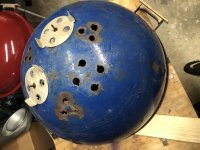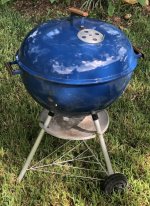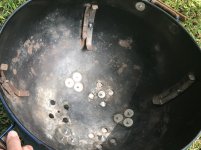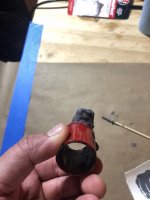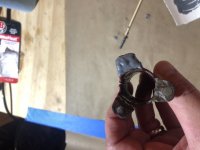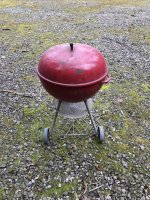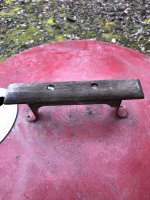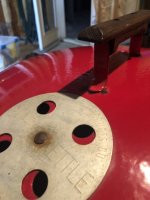Hello everyone, I am the owner of a new Redhead I believe is from 71’-75’. FYI found in my (deceased) uncles’ garage, which he probably bought new. She was unfortunately left to rot, and I have luckily rediscovered her and intend to bring her back to life.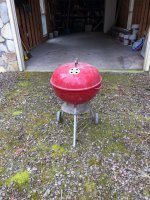
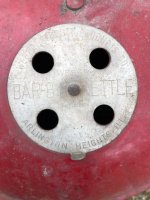
Unfortunately, 2 leg holders have completed rusted through the bowl and came out entirely with minimal effort when removing the legs (sucked getting them out). The third, while firmly attached, is also started to rust through and I can clearly see light coming through the cracks.
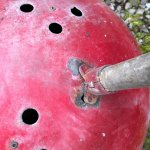
Anyways, I intend to use a drill and shore up with fender washers to reattach.
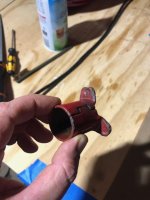
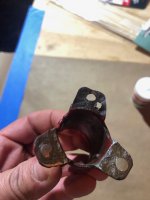
My questions are…
1. What size bolt should I use to reattach (e.g. ¼ - 20 )? This is the most stressful part of this resto and am worried about sizing.
2. Should I also shore up the third leg holder that is also rusted through enough to see light?
3. What type of drill bit is recommended for this. I want as much precision as possible.
Any help is greatly appreciated!


Unfortunately, 2 leg holders have completed rusted through the bowl and came out entirely with minimal effort when removing the legs (sucked getting them out). The third, while firmly attached, is also started to rust through and I can clearly see light coming through the cracks.

Anyways, I intend to use a drill and shore up with fender washers to reattach.


My questions are…
1. What size bolt should I use to reattach (e.g. ¼ - 20 )? This is the most stressful part of this resto and am worried about sizing.
2. Should I also shore up the third leg holder that is also rusted through enough to see light?
3. What type of drill bit is recommended for this. I want as much precision as possible.
Any help is greatly appreciated!
Last edited:

